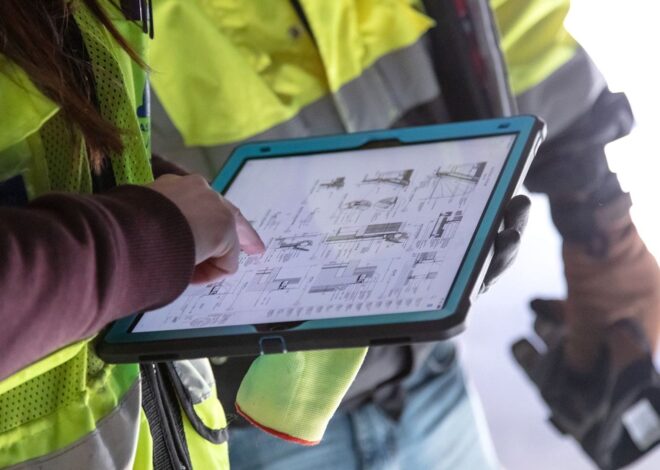
Smart Solutions for Complex Chemical Needs
Every industry deals with chemical problems that don’t have readily available, standardized solutions. A pharmaceutical company might need a particular compound. Maybe no one has ever made it before. A food company could need a preservative that resists intense heat. An electronics firm might desire materials with qualities that appear to be beyond the realm of possibility.
These scenarios demand inventive solutions and expert knowledge. The chemical industry uses technology to meet these demands. Yesterday’s impossible is tomorrow’s routine.
The Art of Chemical Problem-Solving
Chemistry presents varied challenges. Some firms need minute quantities of pure materials. Others require massive quantities of materials that must meet exact specifications every single time. The first step is to identify the actual issue. A company might believe they need a more powerful adhesive. But the real problem could be the surface wasn’t prepped correctly. They assume they need a new coating when better application methods would solve everything. Good chemists dig deeper. They ask questions. They test assumptions.
According to the people at Trecora, custom chemical processing services have emerged as the bridge between what companies need and what standard suppliers offer. These specialized operations work like chemical detectives, investigating problems and developing solutions that fit perfectly. They blend scientific knowledge and practical skill to create tailored solutions.
Technology Changes Everything
Today’s labs are completely different from the chemistry classrooms of yesteryear. Before anyone even handles a test tube, computers run simulations of reactions. Robots handle dangerous materials. Sensors measure changes in nanoseconds. This technology speeds up development dramatically. A process that once took months now takes weeks. Testing happens around the clock. Data flows instantly between research teams across the country. Mistakes get caught early, saving time and money.
Artificial intelligence has joined the team too. Machine learning algorithms predict which chemical combinations will work best. They spot patterns humans might miss. Should the initial strategy not work, they recommend other possibilities. It’s like a tireless, learning team of chemists.
Scaling Up Without Breaking Down
The correct formula is only part of the challenge. The challenge arises when implementing it in a real-world production environment. What functions flawlessly in a beaker could be unsuccessful in a large tank. Variations in temperature occur disproportionately as the scale increases. Mixing becomes harder. Impurities that didn’t matter in small batches suddenly cause big problems. The jump from laboratory to factory tests even experienced chemists.
Smart companies plan for this challenge from day one. They create processes designed for seamless scaling. They allow for changes during the process. Before commencing full production, they conduct tests at various sizes. Each stage provides them with a new understanding of how their chemistry functions in practice.
Safety and Sustainability First
Today’s chemical solutions should achieve more than simple functionality. They need to operate in a safe and sustainable manner. Environmental rules are becoming more stringent. Customers want eco-friendly products. Insurance companies require safer processes. The old ways are no longer effective. Chemical solutions must meet these requirements and remain affordable.
This pressure has actually driven innovation forward. Chemists have found that using safer chemicals can lead to improved results. Processes that are sustainable tend to be less expensive over time. What began as simply following regulations has turned into a key to success.
Conclusion
Complex chemical needs require more than standard solutions. They need creativity, expertise, and technology. The chemical industry is meeting these challenges with smarter approaches. Chemistry provides solutions to previously insurmountable problems, progressing from the lab to the factory. With industry changes and new obstacles arising, chemical innovation will continue, transforming the impossible into the normal.


